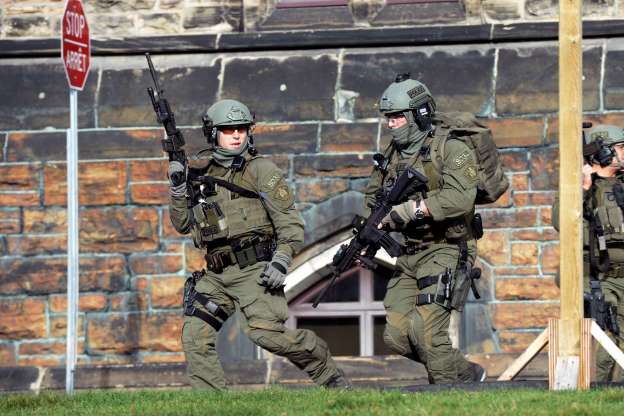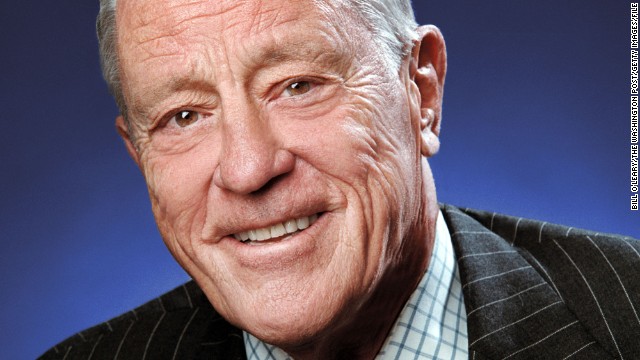Shanghai Fashion Week

Shanghai Fashion Week was dedicated to growing talented designers to showcase and promote the platform to help them get the attention of the industry and market test, in order to better open up the situation.
This Shanghai Fashion Week has now become the mainstay of many local design strength.
Shanghai Fashion Week featured cutting-edge designers like Haotian, ANNAKIKI founder Yang, MOODBOX designer Qin Xu, Awaylee founder Li Wei, JONNY FU founder Fu Qiang, TNC, CJYao, Li Wenjun.






